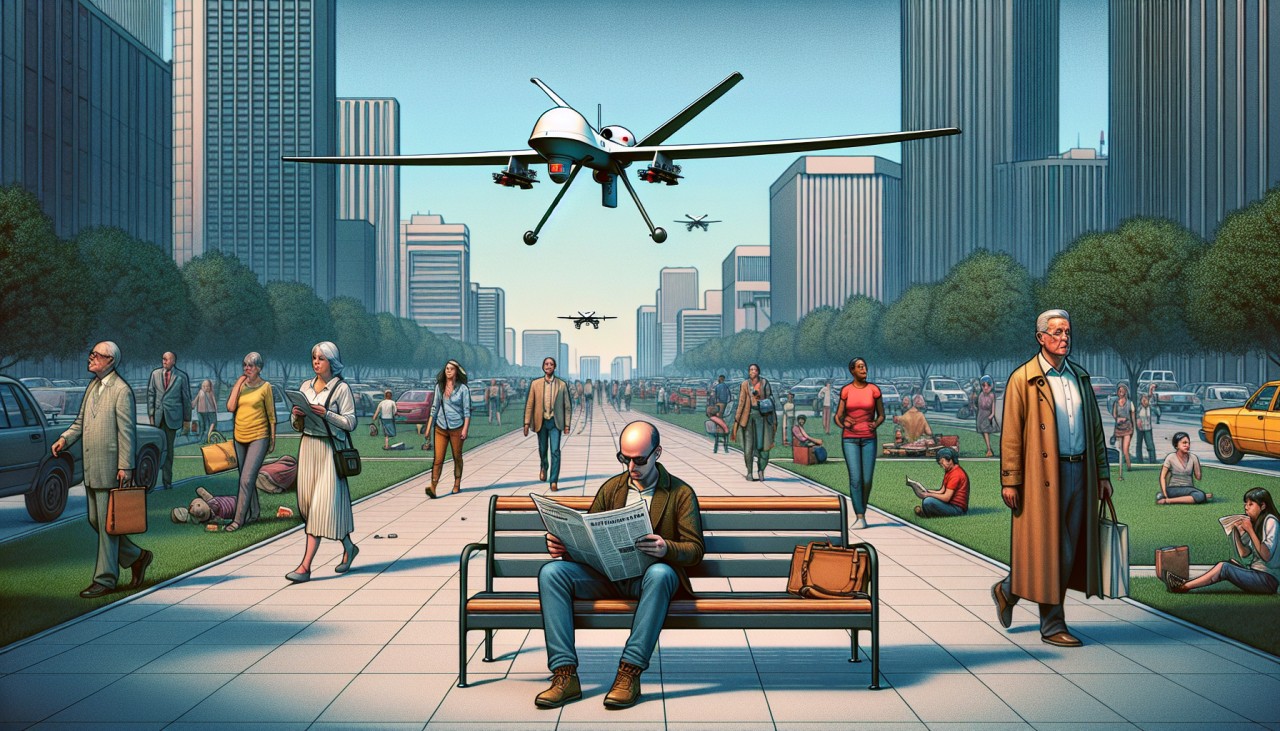


The integration of autonomous weapons into modern military arsenals has introduced a host of unpredictable risks that challenge traditional notions of control and accountability. These systems, designed to operate with minimal human intervention, often rely on complex algorithms and machine learning models to make real-time decisions. However, the "black-box" nature of these AI-driven processes means that their decision-making pathways are not always transparent, making it difficult to predict or understand their actions. This lack of transparency can lead to unintended consequences, such as misidentifying targets or failing to distinguish between combatants and civilians. For instance, a military sensor system might mistakenly classify a civilian vehicle as a threat, leading to wrongful engagement. Such errors not only undermine mission objectives but also pose significant humanitarian concerns, as they can result in civilian casualties and escalate conflicts unnecessarily.
Moreover, the deployment of autonomous weapons raises critical ethical and legal questions. The International Committee of the Red Cross (ICRC) has emphasized the need for clear and binding restrictions on the development and use of these systems to prevent serious risks to civilians and combatants alike. The ICRC advocates for prohibiting autonomous weapons that are designed or used to apply force against persons, highlighting the importance of human oversight in military operations. Without such oversight, there is a risk that these weapons could be used in ways that violate international humanitarian law, leading to actions that are disproportionate or indiscriminate. The potential for autonomous weapons to operate beyond human control underscores the urgency for international agreements and regulations to ensure that their use aligns with ethical standards and legal frameworks, safeguarding human rights and maintaining global security.